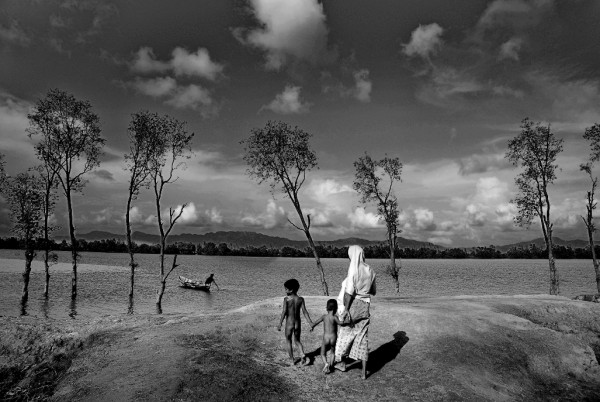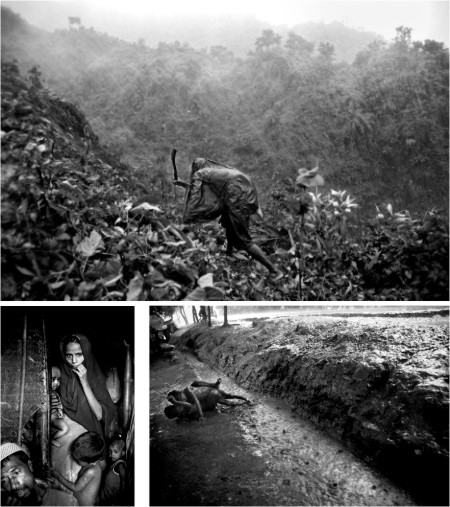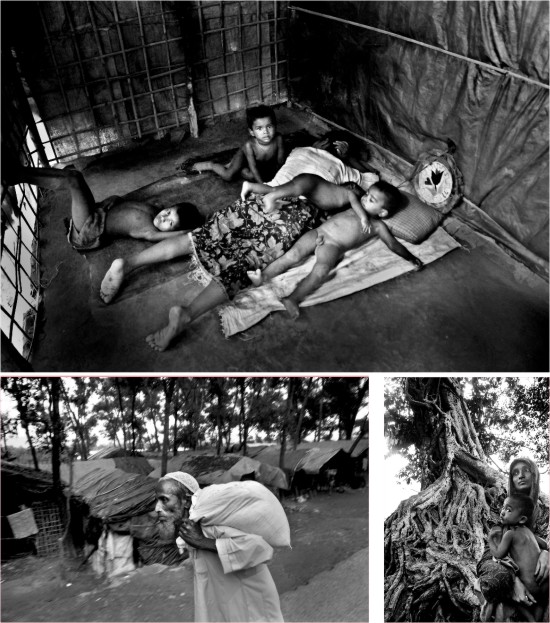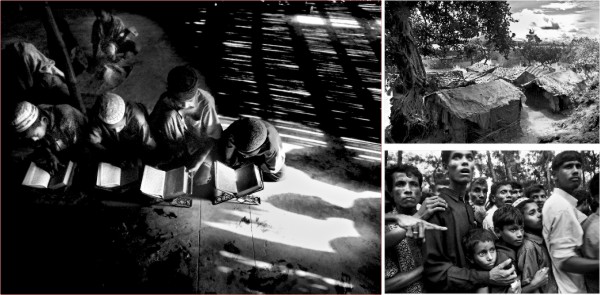
Inside
|
Photo Feature
Rohingya refugees are a Muslim ethnic minority who live in the northern state of Arakan, or Rakhine State, near the Myanmar-Bangladesh border. In 1978, a total of 167,000 Rohingya refugees entered Bangladesh, following the Myamnar army's "Operation Nagamin Sit Sin Yay" (Dragon King), which resulted in widespread killings, rape and destruction of mosques and further religious persecution. [Figure Source: SAFHR: South Asian Forum for Human Rights]
After international pressure, the government of Myamnar allowed most of the Rohingyas who had fled to Bangladesh to return, but during 1991 to 1992, a new wave of over a quarter of a million Rohingyas fled to Bangladesh. Forced out of Myamnar, they receive little support from the government of Bangladesh and have been classified as illegal immigrants.
Deprived of citizenship rights in their native country, the Rohingyas continue to suffer from several atrocities and the regime's restrictions on their movement and marriage. They are also subject to various forms of extortion and arbitrary taxation, land confiscation, forced eviction and house destruction. Still, their struggle for survival is little known. In Bangladesh, the Rohingyas survive in inhumane conditions -- 16 or more refugees live in a room that is barely more than three-square meters with food and medicine scarce. Unknown, unwanted and stateless, these so-called illegal immigrants have little prospect for the future unless the government of Bangladesh realise their needs. |



